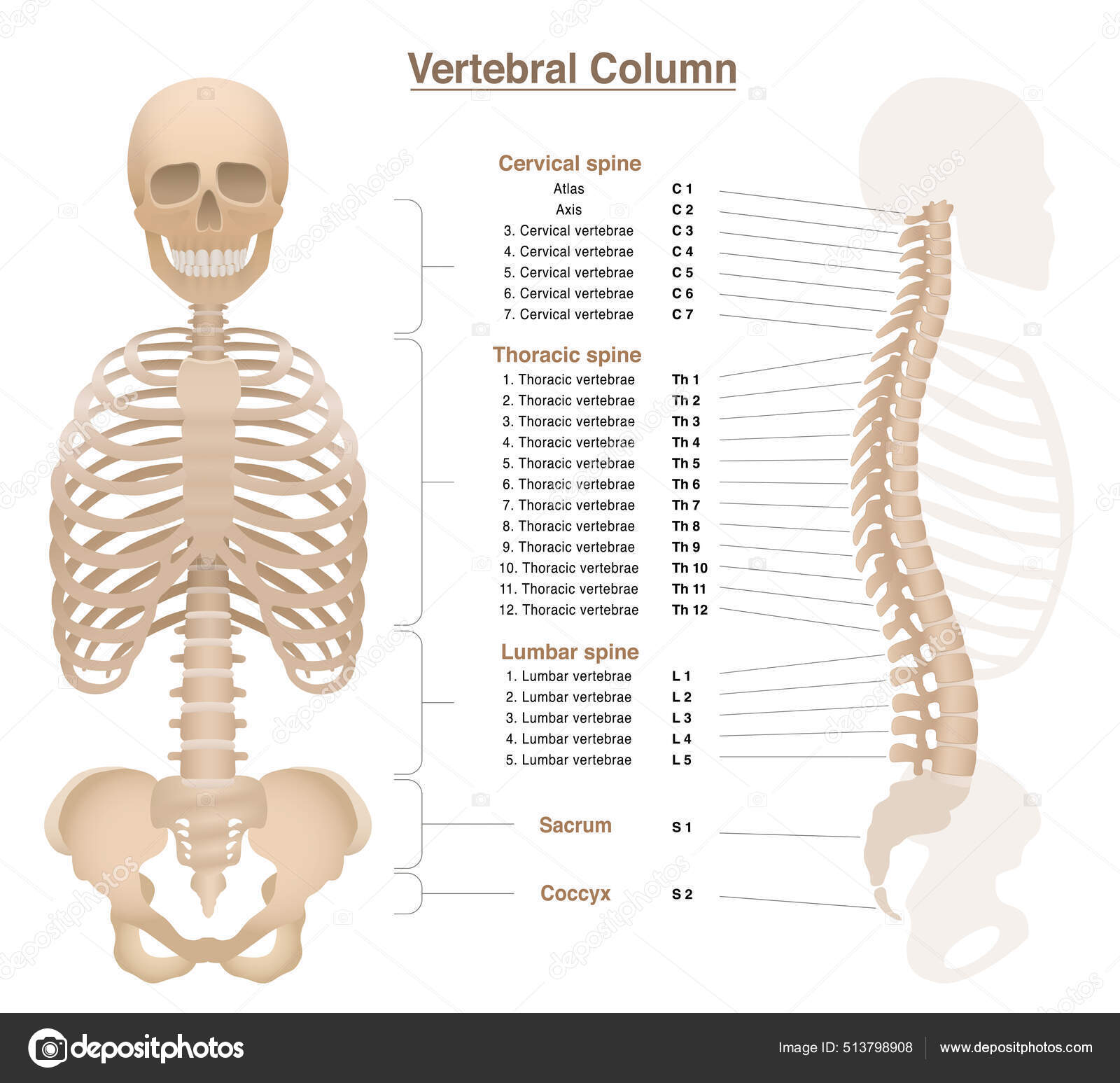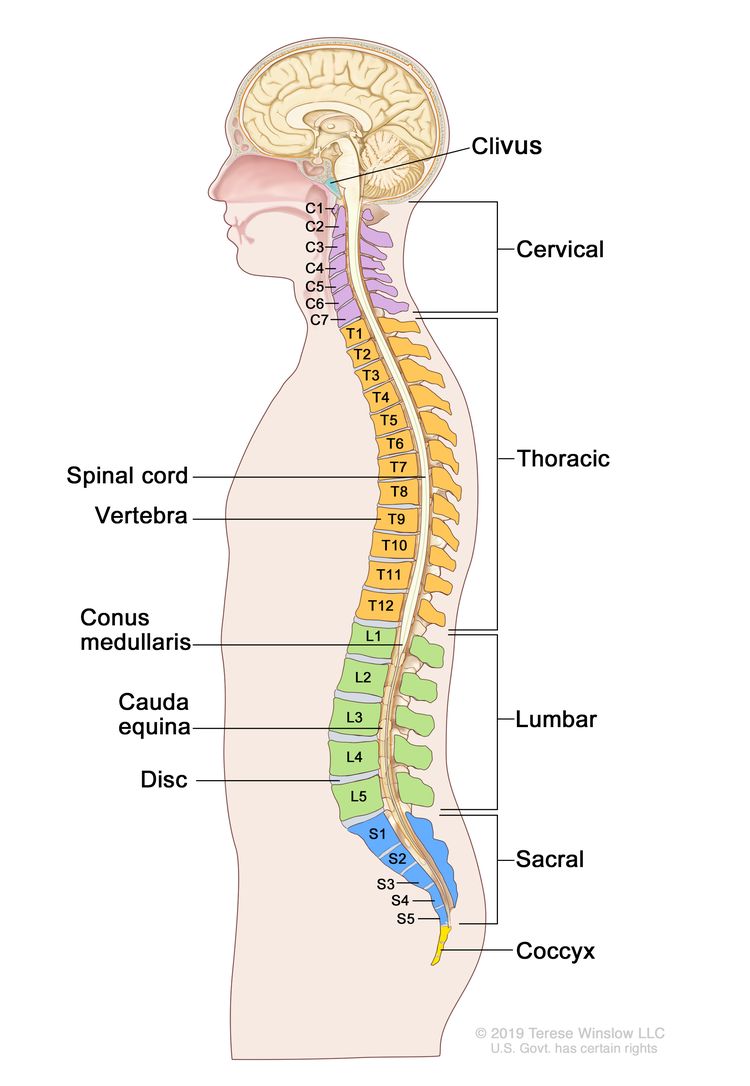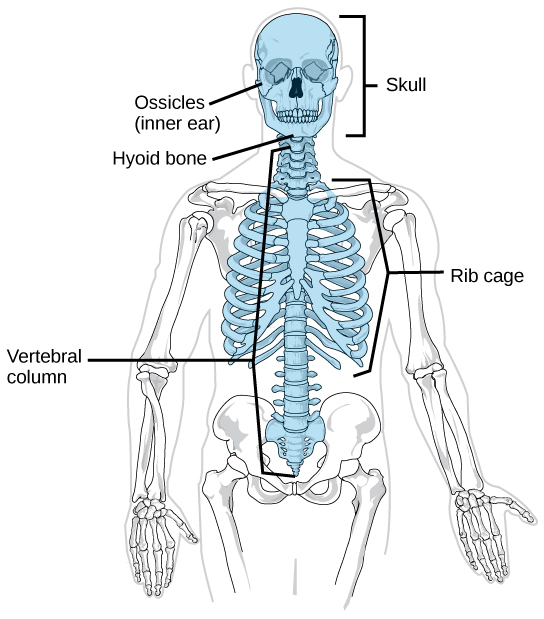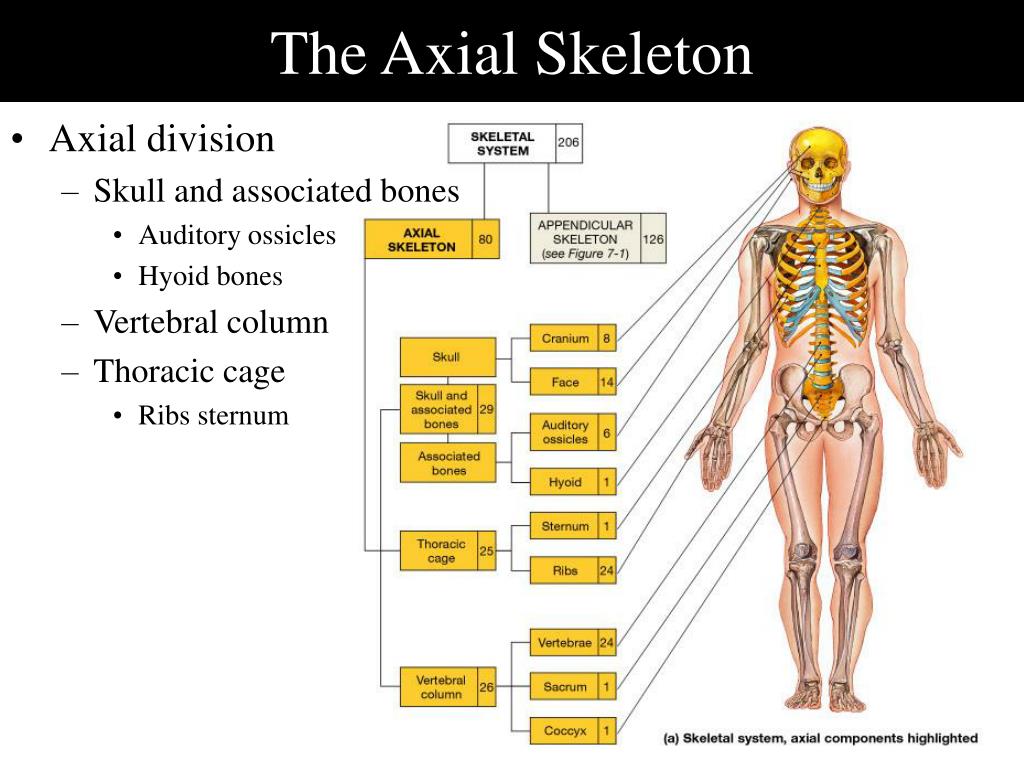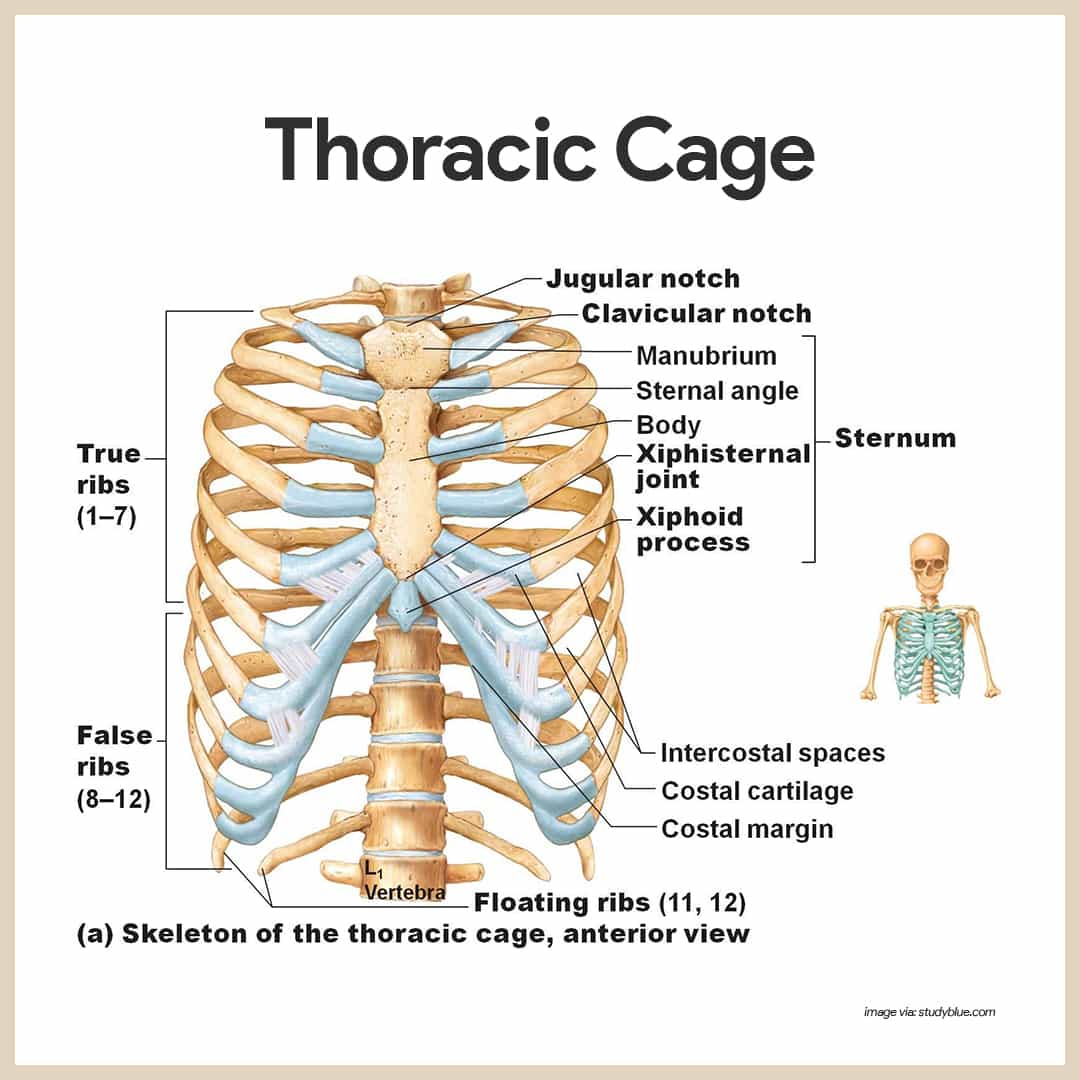The Skull Vertebral Column And Thoracic Cage Form The
The Skull Vertebral Column And Thoracic Cage Form The - The skeleton is subdivided into two parts. The skeletal system is divided into two parts: The axial skeleton, the bones that form the longitudinal axis of the body, and the appendicular skeleton,. D.) foramen magnum the large hole located in the base of the occipital. The axial skeleton forms a vertical axis that includes the head, neck, back, and chest. Skull, vertebral column, and thoracic cage form the _____ skeleton. It consists of the skull, vertebral column (including the sacrum and coccyx), and the thoracic cage, formed by the ribs and sternum. The skull, vertebral column, and thoracic cage form the _____ skeleton.
It consists of the skull, vertebral column (including the sacrum and coccyx), and the thoracic cage, formed by the ribs and sternum. The skeletal system is divided into two parts: The skeleton is subdivided into two parts. The skull, vertebral column, and thoracic cage form the _____ skeleton. Skull, vertebral column, and thoracic cage form the _____ skeleton. The axial skeleton forms a vertical axis that includes the head, neck, back, and chest. The axial skeleton, the bones that form the longitudinal axis of the body, and the appendicular skeleton,. D.) foramen magnum the large hole located in the base of the occipital.
It consists of the skull, vertebral column (including the sacrum and coccyx), and the thoracic cage, formed by the ribs and sternum. The skeletal system is divided into two parts: The skeleton is subdivided into two parts. The axial skeleton forms a vertical axis that includes the head, neck, back, and chest. The axial skeleton, the bones that form the longitudinal axis of the body, and the appendicular skeleton,. D.) foramen magnum the large hole located in the base of the occipital. Skull, vertebral column, and thoracic cage form the _____ skeleton. The skull, vertebral column, and thoracic cage form the _____ skeleton.
Human Axial Skeleton Biology for Majors II
It consists of the skull, vertebral column (including the sacrum and coccyx), and the thoracic cage, formed by the ribs and sternum. Skull, vertebral column, and thoracic cage form the _____ skeleton. The skeleton is subdivided into two parts. D.) foramen magnum the large hole located in the base of the occipital. The axial skeleton, the bones that form the.
(PPTX) Vertebral column Supports Skull Pectoral girdle Upper limb
The axial skeleton, the bones that form the longitudinal axis of the body, and the appendicular skeleton,. D.) foramen magnum the large hole located in the base of the occipital. Skull, vertebral column, and thoracic cage form the _____ skeleton. The axial skeleton forms a vertical axis that includes the head, neck, back, and chest. The skeleton is subdivided into.
Skeleton Spine Thorax Pelvic Bone Skull Labeled Vertebral, 45 OFF
The skeleton is subdivided into two parts. D.) foramen magnum the large hole located in the base of the occipital. Skull, vertebral column, and thoracic cage form the _____ skeleton. The axial skeleton, the bones that form the longitudinal axis of the body, and the appendicular skeleton,. The skeletal system is divided into two parts:
Structure of human skull and spinal column illustration Stock Photo
The axial skeleton forms a vertical axis that includes the head, neck, back, and chest. The skeletal system is divided into two parts: The skull, vertebral column, and thoracic cage form the _____ skeleton. It consists of the skull, vertebral column (including the sacrum and coccyx), and the thoracic cage, formed by the ribs and sternum. D.) foramen magnum the.
Childhood Chordoma NCI
Skull, vertebral column, and thoracic cage form the _____ skeleton. D.) foramen magnum the large hole located in the base of the occipital. It consists of the skull, vertebral column (including the sacrum and coccyx), and the thoracic cage, formed by the ribs and sternum. The axial skeleton, the bones that form the longitudinal axis of the body, and the.
SOLUTION Basic human anatomy The Skull, The Ear, The Vertebral
The skeletal system is divided into two parts: The axial skeleton, the bones that form the longitudinal axis of the body, and the appendicular skeleton,. The skull, vertebral column, and thoracic cage form the _____ skeleton. The skeleton is subdivided into two parts. Skull, vertebral column, and thoracic cage form the _____ skeleton.
Bones Anatomy and Physiology Skull Bones Sternum Rib Cage
The axial skeleton forms a vertical axis that includes the head, neck, back, and chest. The skull, vertebral column, and thoracic cage form the _____ skeleton. D.) foramen magnum the large hole located in the base of the occipital. The axial skeleton, the bones that form the longitudinal axis of the body, and the appendicular skeleton,. The skeletal system is.
19.1 Types of Skeletal Systems Concepts of Biology1st Canadian Edition
The axial skeleton, the bones that form the longitudinal axis of the body, and the appendicular skeleton,. The skull, vertebral column, and thoracic cage form the _____ skeleton. D.) foramen magnum the large hole located in the base of the occipital. It consists of the skull, vertebral column (including the sacrum and coccyx), and the thoracic cage, formed by the.
PPT Anatomy of Skeletal Elements PowerPoint Presentation ID339277
Skull, vertebral column, and thoracic cage form the _____ skeleton. The axial skeleton forms a vertical axis that includes the head, neck, back, and chest. D.) foramen magnum the large hole located in the base of the occipital. The skull, vertebral column, and thoracic cage form the _____ skeleton. The axial skeleton, the bones that form the longitudinal axis of.
Skeletal System Vertebrae And Vertebral Column
The skeleton is subdivided into two parts. D.) foramen magnum the large hole located in the base of the occipital. Skull, vertebral column, and thoracic cage form the _____ skeleton. The skeletal system is divided into two parts: The axial skeleton forms a vertical axis that includes the head, neck, back, and chest.
The Skeleton Is Subdivided Into Two Parts.
The skeletal system is divided into two parts: The axial skeleton forms a vertical axis that includes the head, neck, back, and chest. It consists of the skull, vertebral column (including the sacrum and coccyx), and the thoracic cage, formed by the ribs and sternum. Skull, vertebral column, and thoracic cage form the _____ skeleton.
The Skull, Vertebral Column, And Thoracic Cage Form The _____ Skeleton.
D.) foramen magnum the large hole located in the base of the occipital. The axial skeleton, the bones that form the longitudinal axis of the body, and the appendicular skeleton,.


